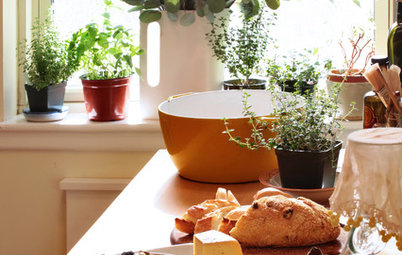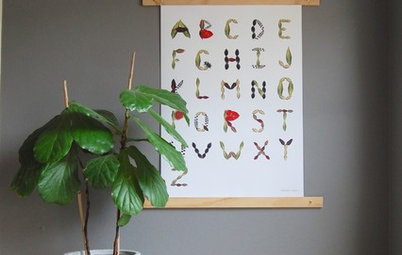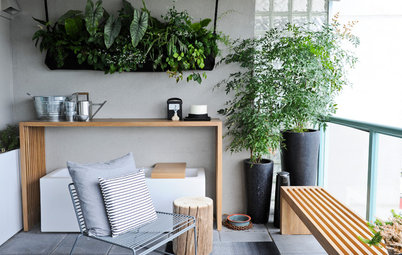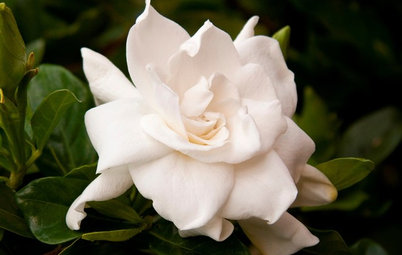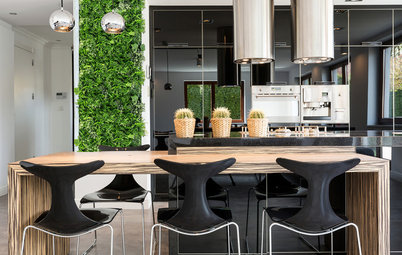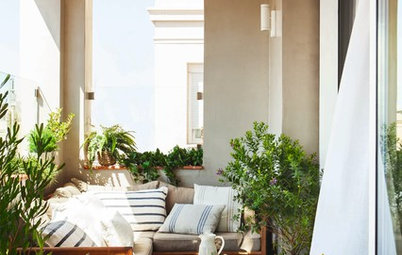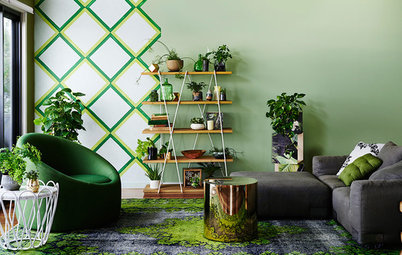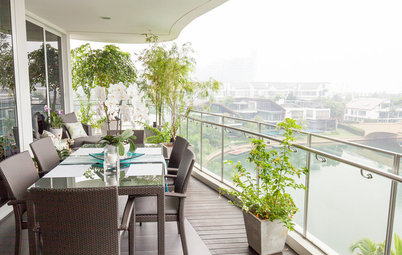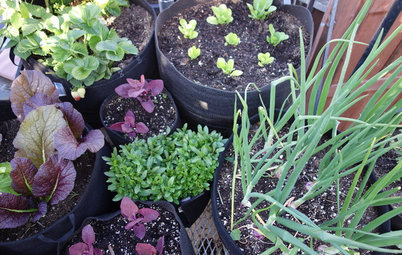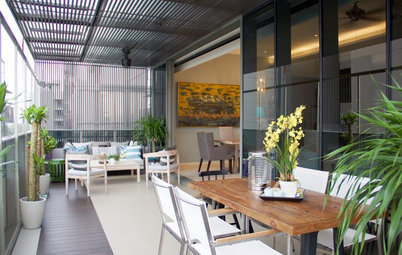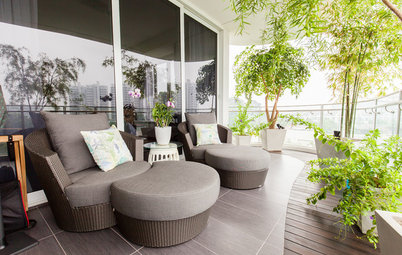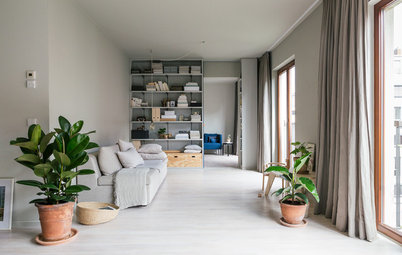8 Pet-Friendly Plants
Peeved about mixing fauna with flora at home? These houseplants are safe for pets
Hanging around the feline Squee and the canine Skampy made me realise this: it is true that pets chew on leaves, even when you’re around! One might find this act funny, but what not everyone may realise is that this could be harmful to animals as not all houseplants are safe and edible.
Just because you have one, two or more of these furry babies at home does not mean you cannot have the aesthetics and air-cleansing benefits of greenery as well. Here are eight hand-picked potted varieties, each with unique foliage that will satisfy one’s different decorating needs, and all are non-toxic to cats and dogs.
1. Prayer plant (Calathea insignis)
Its showy foliage – wavy-edged, lance-shaped leaves that are pale and dark green and purplish red on the underside – will fold together as if in prayer towards the end of the day, hence, the name ‘prayer plant’. Also known as ‘rattlesnake plant,’ this evergreen perennial tolerates low light conditions, is soft to the touch and pet-friendly.
Its showy foliage – wavy-edged, lance-shaped leaves that are pale and dark green and purplish red on the underside – will fold together as if in prayer towards the end of the day, hence, the name ‘prayer plant’. Also known as ‘rattlesnake plant,’ this evergreen perennial tolerates low light conditions, is soft to the touch and pet-friendly.
2. Baby rubber plant (Peperomia obtusifolia)
Also known as ‘pepper face,’ this plant is blessed with round waxy leaves that give it a special sheen and a shape that suits any pot of your choice. Peperomias have solid green, shiny leaves; while the variegated type have gold and white colouration. Compact in form, this plant occupies a small space wherever you choose to place it, like on a desk or a table.
Also known as ‘pepper face,’ this plant is blessed with round waxy leaves that give it a special sheen and a shape that suits any pot of your choice. Peperomias have solid green, shiny leaves; while the variegated type have gold and white colouration. Compact in form, this plant occupies a small space wherever you choose to place it, like on a desk or a table.
3. Areca palm (Dypsis lutescens)
One of the easy-to-care-for container plants that also cleans indoor air, areca palm is a good option. Also known as the ‘butterfly palm,’ it looks great in a big pot and can serve very well as a focal point for a room.
One of the easy-to-care-for container plants that also cleans indoor air, areca palm is a good option. Also known as the ‘butterfly palm,’ it looks great in a big pot and can serve very well as a focal point for a room.
4. Ponytail palm (Beaucarnea recurvata)
This plant’s sculptural trunk is hard to miss in a space. It is easy to maintain, making it one of the more popular container plants. Also known as ‘elephant’s foot,’ its clusters of thin green leaves cascading downwards makes it very attractive.
This plant’s sculptural trunk is hard to miss in a space. It is easy to maintain, making it one of the more popular container plants. Also known as ‘elephant’s foot,’ its clusters of thin green leaves cascading downwards makes it very attractive.
5. Boston fern (Nephrolepis exaltata)
One of the true ferns, Boston ferns grow well in indirect sunlight and high humidity. These plants are perfect to hang in bathrooms, kitchens, and just about anywhere, making them accessible to your feline friend. But fret not, Boston ferns are non-toxic.
One of the true ferns, Boston ferns grow well in indirect sunlight and high humidity. These plants are perfect to hang in bathrooms, kitchens, and just about anywhere, making them accessible to your feline friend. But fret not, Boston ferns are non-toxic.
6. Spider plant (Chlorophytum comosum)
One of the easiest houseplants to grow, it reproduces vegetatively with its stolons producing plantlets, tiny plants that take root upon touching the ground. With a rosette of long, slender leaves, this plant’s gracefully cascading foliage provides intrigue, particularly to pets.
One of the easiest houseplants to grow, it reproduces vegetatively with its stolons producing plantlets, tiny plants that take root upon touching the ground. With a rosette of long, slender leaves, this plant’s gracefully cascading foliage provides intrigue, particularly to pets.
7. Bird’s Nest fern (Asplenium nidus)
An epiphytic species, the bird’s nest is one of the easiest ferns to grow. With large attractive leaves growing from a central point, it is a stunning option for entryways or on top of taller shelves and cabinets.
An epiphytic species, the bird’s nest is one of the easiest ferns to grow. With large attractive leaves growing from a central point, it is a stunning option for entryways or on top of taller shelves and cabinets.
8. Nerve plant (Fittonia verschaffeltii)
A creeping herb with oval to round, heart-shaped leaves, the nerve plant looks lovely in a terrarium or as a kokedama (moss ball). Also known as ‘mosaic plant’ or simply as fittonia, this perennial is best bought well-established and thrives in high humidity with dappled sunlight or fluorescent light.
TELL US
What other house plants would you like to read about? Let us know in the Comments section.
MORE
See more urban planting stories here
A creeping herb with oval to round, heart-shaped leaves, the nerve plant looks lovely in a terrarium or as a kokedama (moss ball). Also known as ‘mosaic plant’ or simply as fittonia, this perennial is best bought well-established and thrives in high humidity with dappled sunlight or fluorescent light.
TELL US
What other house plants would you like to read about? Let us know in the Comments section.
MORE
See more urban planting stories here




